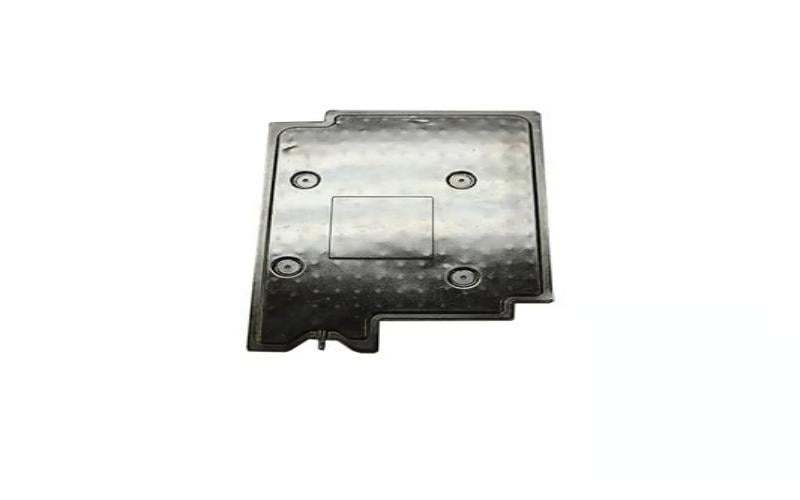The Battle of Cooling Solutions: Vapor chamber VS Liquid cooling
When it comes to keeping our electronic devices cool, we have various cooling solutions at our disposal. Two popular options are vapor chamber and liquid cooling. Both methods have their advantages and disadvantages, but which one is the better cooling solution? In this article, we will compare vapor chamber and liquid cooling in various aspects to help you make an informed decision.
1. Introduction to Vapor Chamber and Liquid Cooling
Vapor chamber cooling is a technology that uses a sealed chamber filled with a small amount of liquid, typically water or other coolants. As heat is generated by the device, the liquid evaporates, carrying heat away from the source. On the other hand, liquid cooling involves circulating a liquid coolant, such as water or a specialized liquid, through a system of pipes or channels to dissipate heat.
2. Cooling Efficiency
When it comes to cooling efficiency, both vapor chamber and liquid cooling are effective solutions. However, vapor chamber cooling has the advantage of providing more uniform cooling across the entire surface of the heat source. This allows for better heat dissipation and can result in lower overall temperatures compared to liquid cooling.
3. Compatibility and Size Constraints
Vapor chamber cooling can be more suitable for devices with limited space, as it allows for more compact designs. The flat and thin nature of vapor chambers makes them ideal for applications where space is a constraint, such as laptops and small form factor PCs. On the other hand, liquid cooling systems require more space for pumps, radiators, and tubing, which can limit their applicability in certain devices.
4. Noise Levels
Noise can be a concern when it comes to cooling solutions, especially for those using their devices in quiet environments. In this aspect, liquid cooling has an advantage over vapor chamber cooling. Liquid cooling systems, when properly designed and maintained, can operate silently. On the other hand, vapor chambers may produce a slight noise due to the evaporation and condensation process.
5. Maintenance and Reliability
Both vapor chamber and liquid cooling solutions require some level of maintenance. However, liquid cooling systems tend to require more regular maintenance, such as refilling coolant or cleaning the system to prevent clogs. Vapor chamber cooling, on the other hand, has fewer moving parts and is generally considered more reliable in the long term.
6. Cost Considerations
Cost is always an important factor to consider when choosing a cooling solution. In terms of initial investment, liquid cooling systems can be more expensive due to the additional components required, such as pumps and radiators. However, in the long run, vapor chamber cooling may require more frequent replacements due to the limited lifespan of the wicking material, which can increase overall costs.
7. Overclocking Potential
Overclocking enthusiasts often push their devices to their limits, requiring efficient cooling solutions. In this regard, liquid cooling has a slight advantage over vapor chamber cooling. Liquid cooling systems are better equipped to handle the increased heat generated by overclocked components and can provide more stable temperatures, allowing for higher overclocking potential.
8. Environmental Considerations
From an environmental perspective, vapor chamber cooling is generally considered more eco-friendly. Liquid cooling systems require the use of specialized coolants that can be harmful to the environment if not disposed of properly. Vapor chamber cooling, on the other hand, typically uses water as the coolant, which is a more sustainable and readily available resource.
9. Aesthetics and Customization
For those who value aesthetics and customization options, liquid cooling systems offer more flexibility. Liquid cooling setups can be visually appealing with the use of colored coolants and transparent tubing, allowing users to create unique and eye-catching designs. Vapor chamber cooling, on the other hand, is more limited in terms of customization options.
10. Application Specific Considerations
When choosing between vapor chamber and liquid cooling, it is essential to consider the specific application and its requirements. For high-performance gaming PCs or workstations that demand extreme cooling, liquid cooling may be the preferred choice. On the other hand, for compact devices or applications where space is limited, vapor chamber cooling can offer a more practical solution.

